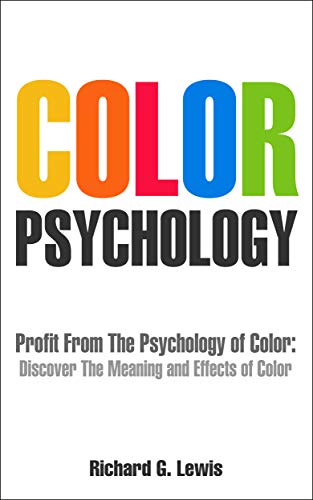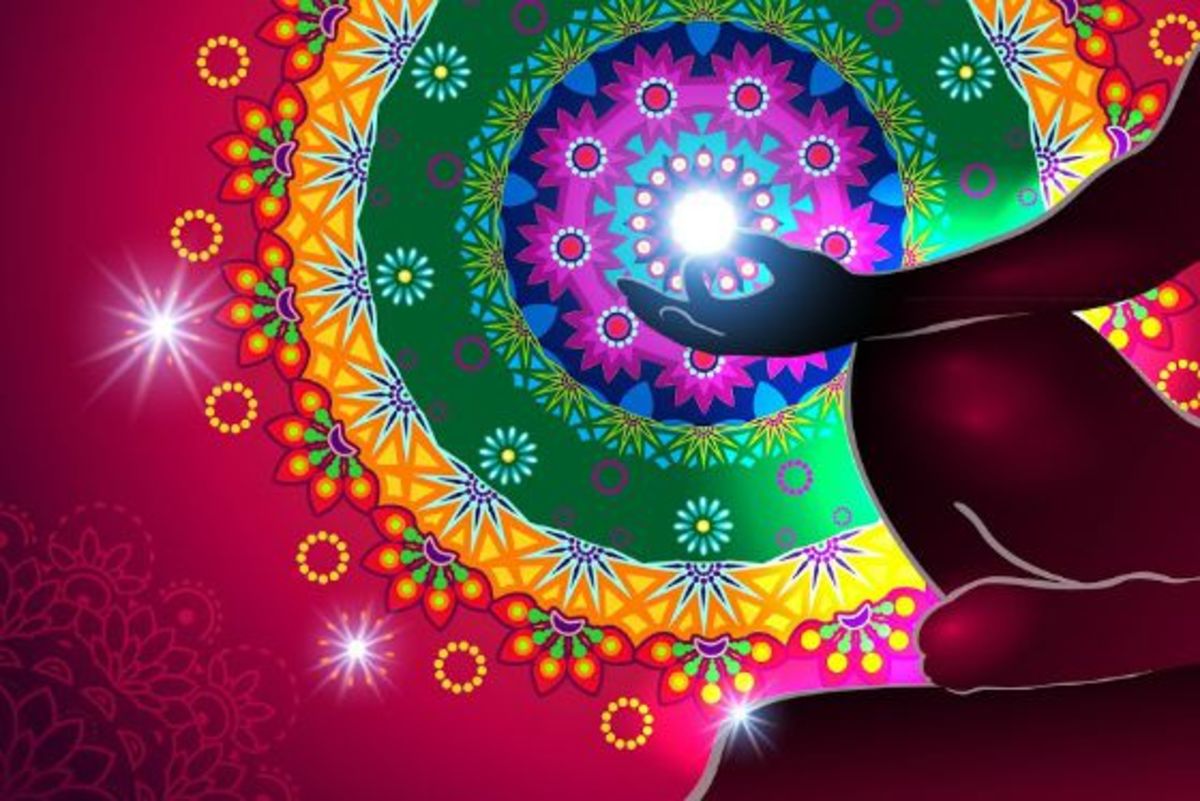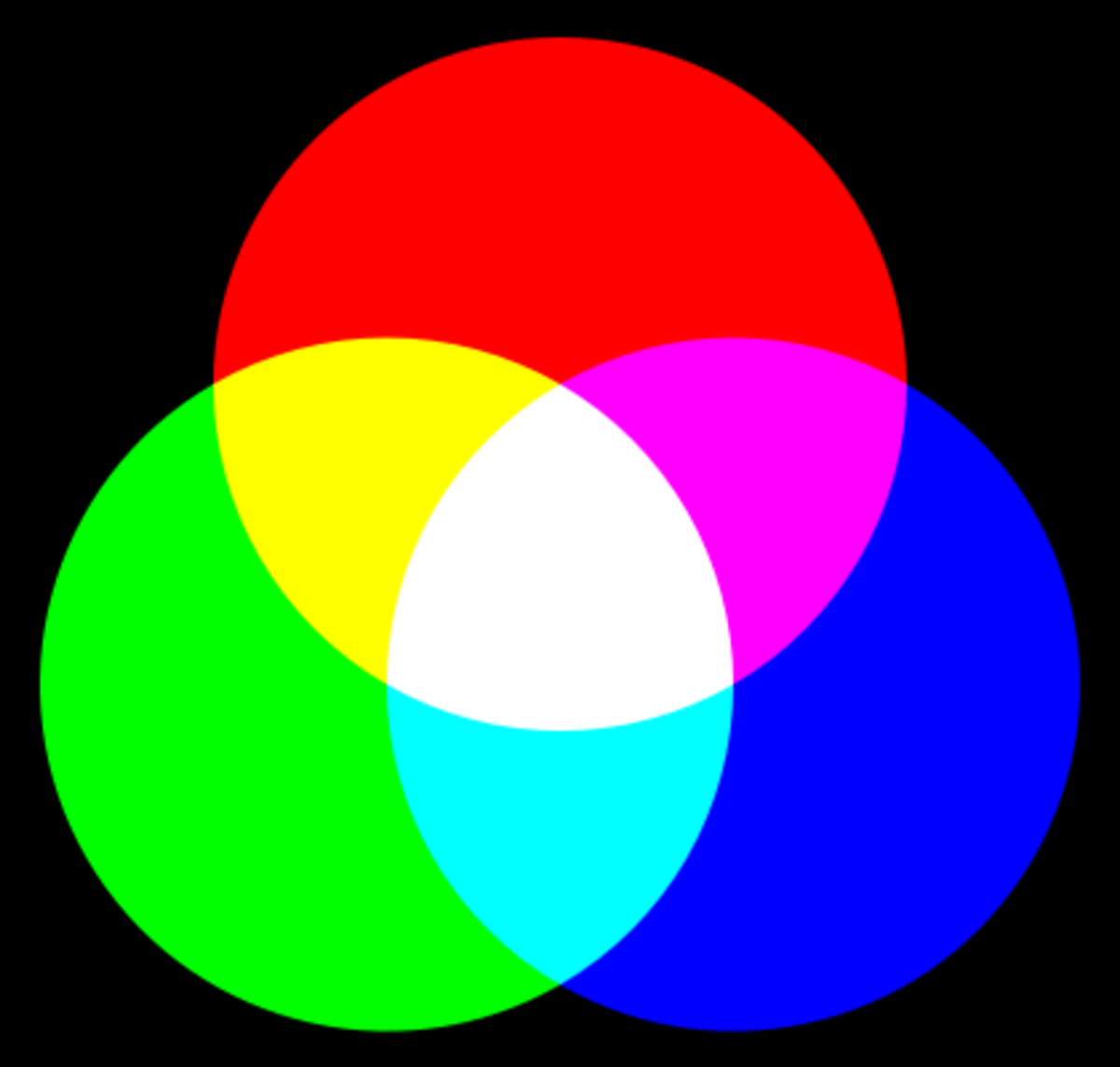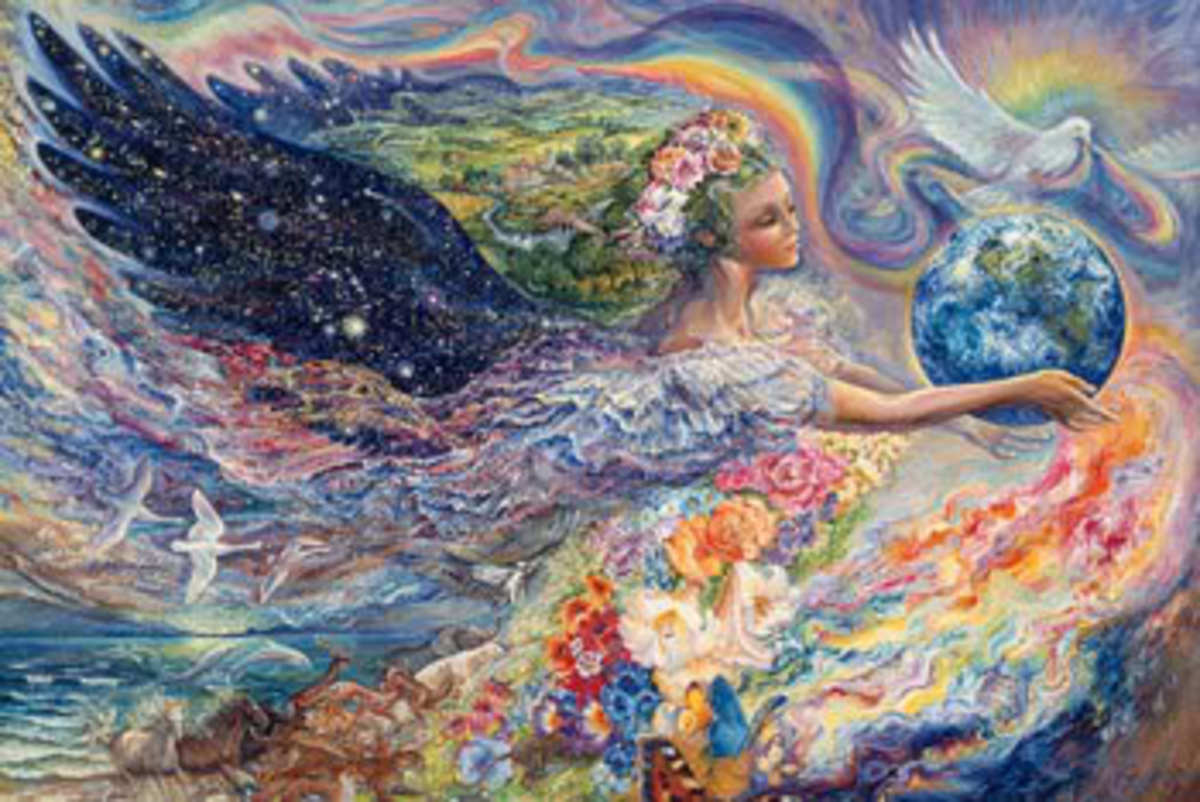What is the Meaning of Every Color in Psychology?
The used of color of psychology began, when a famous Johann Wolfgang Goethe linked and connect the colors to psychology. He published his book about colours entitled, "Theory of Colours" which appeared in 1810, Germany. In his theory, he presented the three primary colours (red, blue and yellow) alternate with the three secondary colours of orange, violet and green. Goethe examined the problems of colour and his book called "Theory of Colours", emphasize and intend to attain a more complete unity of physical knowledge. He discovered the phenomenon of color sensation and through that it affects through our senses and eye sight, in which colour has a big effect in psychology. In modern perceptual psychology, Goethe's theory remained a controversial topic, and is considered as an interesting protoscientific approach to described and explain human colour perception in meaningful terms.
Color Psychology
It is true that colours can affect our moods, that's why psychologist and psychiatrist often linked their therapy through the used of colours. In today's generation, psychologist and psychiatrist are tying to understand, give the full meaning of colours and even pinpoint a few universal truths about color and its effect on our mind. There was an evidence and experiment conducted about the psychology of colours, this test is a well examined and studied that can reveal a multitude of things about one's personality.
The Meaning of Every Colors in Psychology
In modern psychology, they used color as a form of therapy. However, there are different meanings of color in a wide variety of cultures around the world. As for instance, white in Chinese is a color for mourning, death and ghost while Indian associated the white as for peace and purity. In Japan, they associated the color pink (Cherry Blossom Pink ) with a woman's private part while in one of the women organization, the color pink stands as a symbol for ending the war in Iraq. There are many uses in colors, especially in psychology. However, because of variety of its meanings in different culture, sometimes it’s getting confusing. Color can affect different kinds of people. Since, every person has different personality, colors might vary from person to person.
Red.
What does it says in Psychology if your favourite color is red? Generally, red stands for sexuality, seduction and enticement. In war, it is a symbol of blood, a color of love and a color that symbolize during Valentines day. This is the so called, emotionally intense colour, in which it stimulates a faster heartbeat and breathing. It is used in psychology to stimulates the body and mind, to increase circulation, brain wave activity and stimulates blood pressure . While red color is associated with happiness, marriage and prosperity in mostly Asians, it’s stand as a symbol for patriotism in western areas. Psychologically, red represents health, fire, anger, temper, danger and destruction. It is useful in the treatment of anaemia, bronchitis and constipation. The overused of red will produced fever and exhaustion, that’s why a red-headed individuals are not advice to overused the colour of red.
Pink
It is said to be the most romantic colour, it is more tranquilizing and soothing. It can be used for treating skin conditions and inflammations and the immune system. In all levels, pink is soothing, may it be physical, mental and emotional levels. This is also associated to awaken compassion, love and purity. Others would used it as a form of meditation to discern truths. In the brain system, pink is used in diet therapy as an appetite suppressant, relaxes muscles and relieves tension.
Brown
Brown is the color of the earth. It stabilizes, neutralizes and an effective color in healing purposes. Brown also stands as being sad and wistful, most men are abrupt to say that their favourite colour is brown. This color said is said to be, can help us back or being down to earth; because it helps us to be back in our own senses and give us a clarity of our common sense.
Black
The meaning of the color black in Asians is that it’s stand for evil influence, knowledge, mourning, penance and self-cultivation. However, it stands for the color of authority and power in general. In fashion, it appeals to be perfect because a person who will wear black seems to be thinner and petite looking. Psychologically, it becomes a protective color, it’s grounding and calming, particularly to extremely sensitive individuals. It also stands sophistication, self-confidence and strength.







